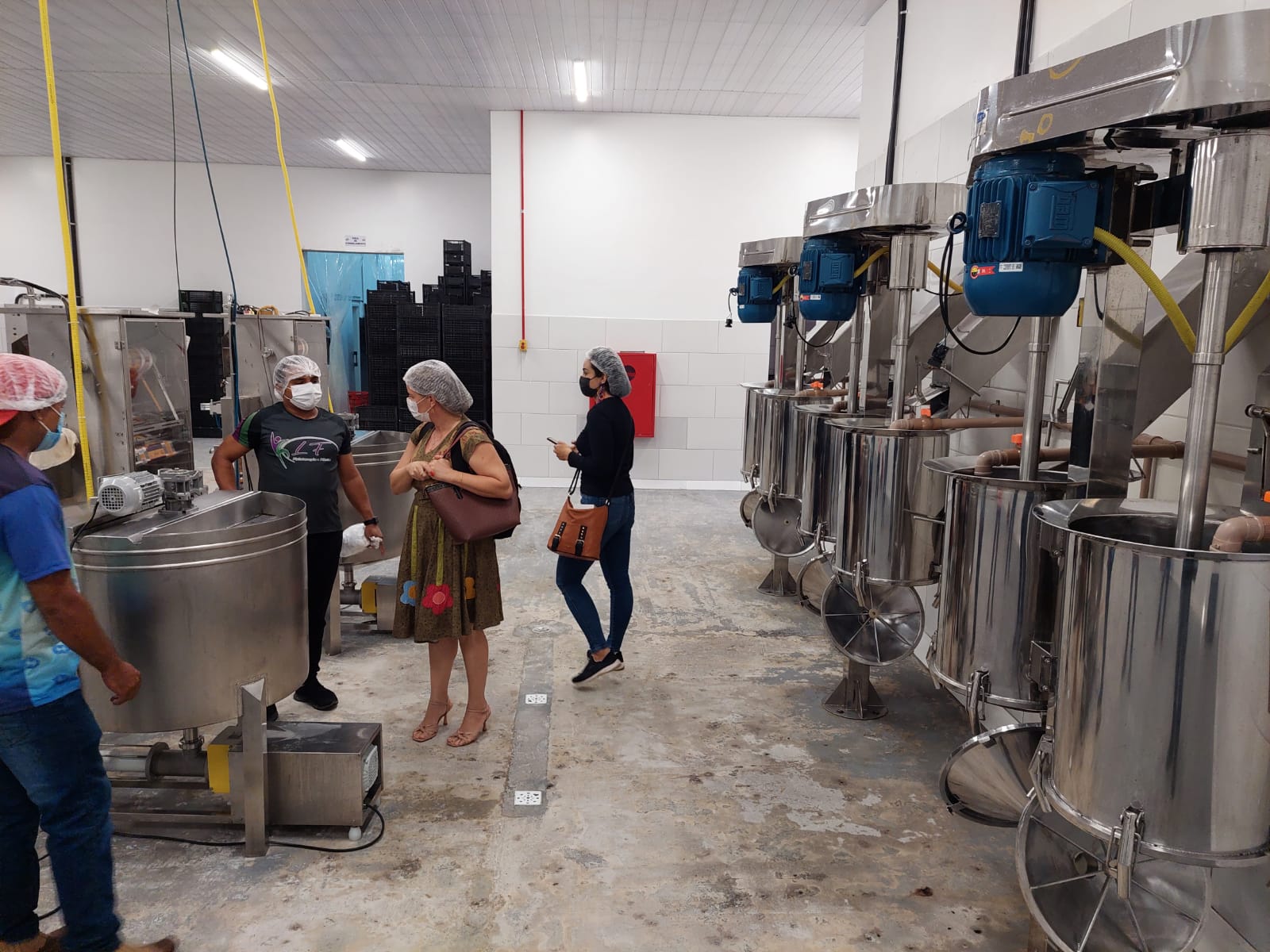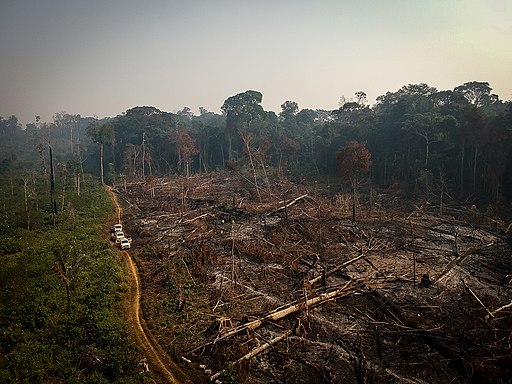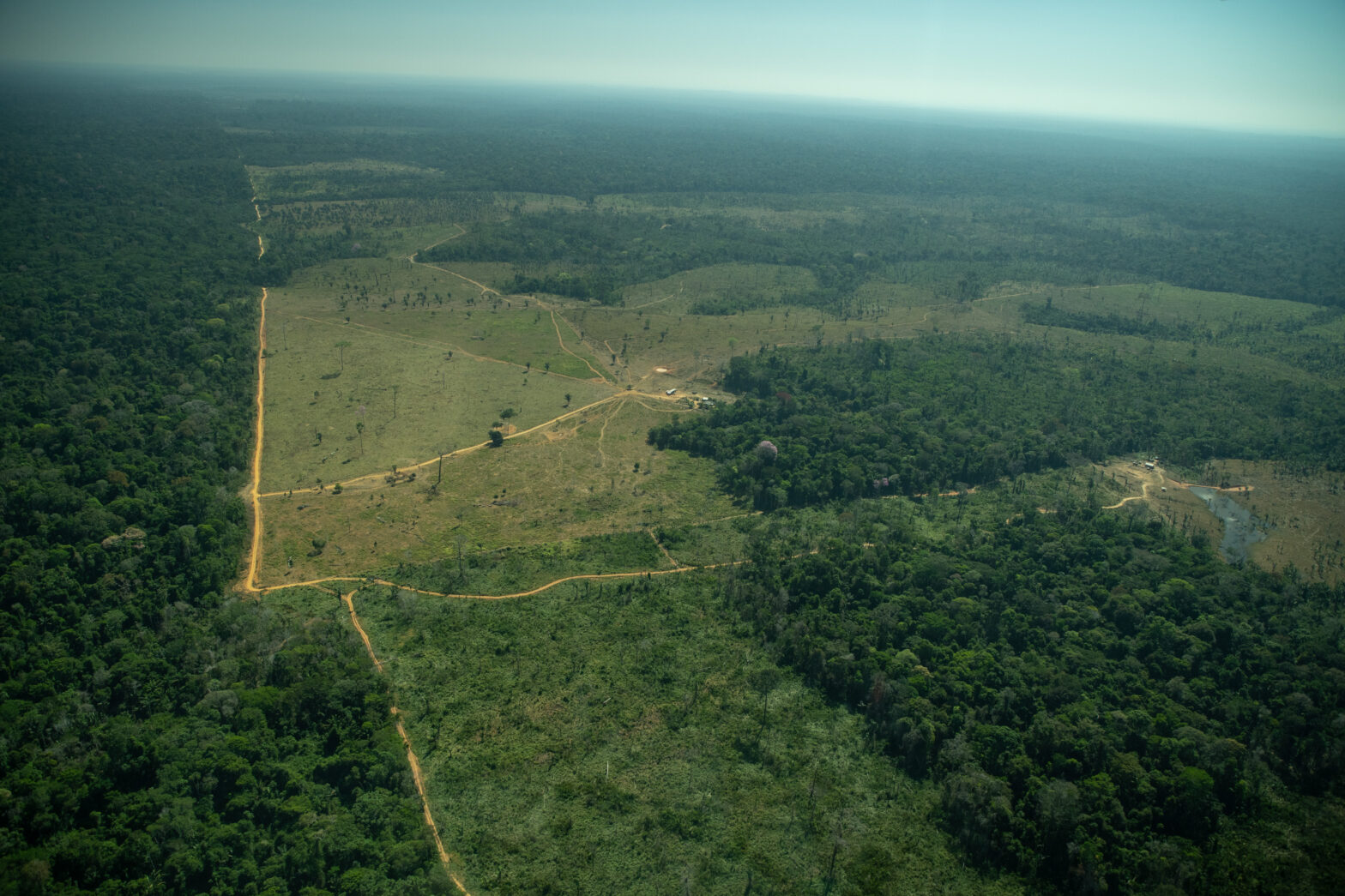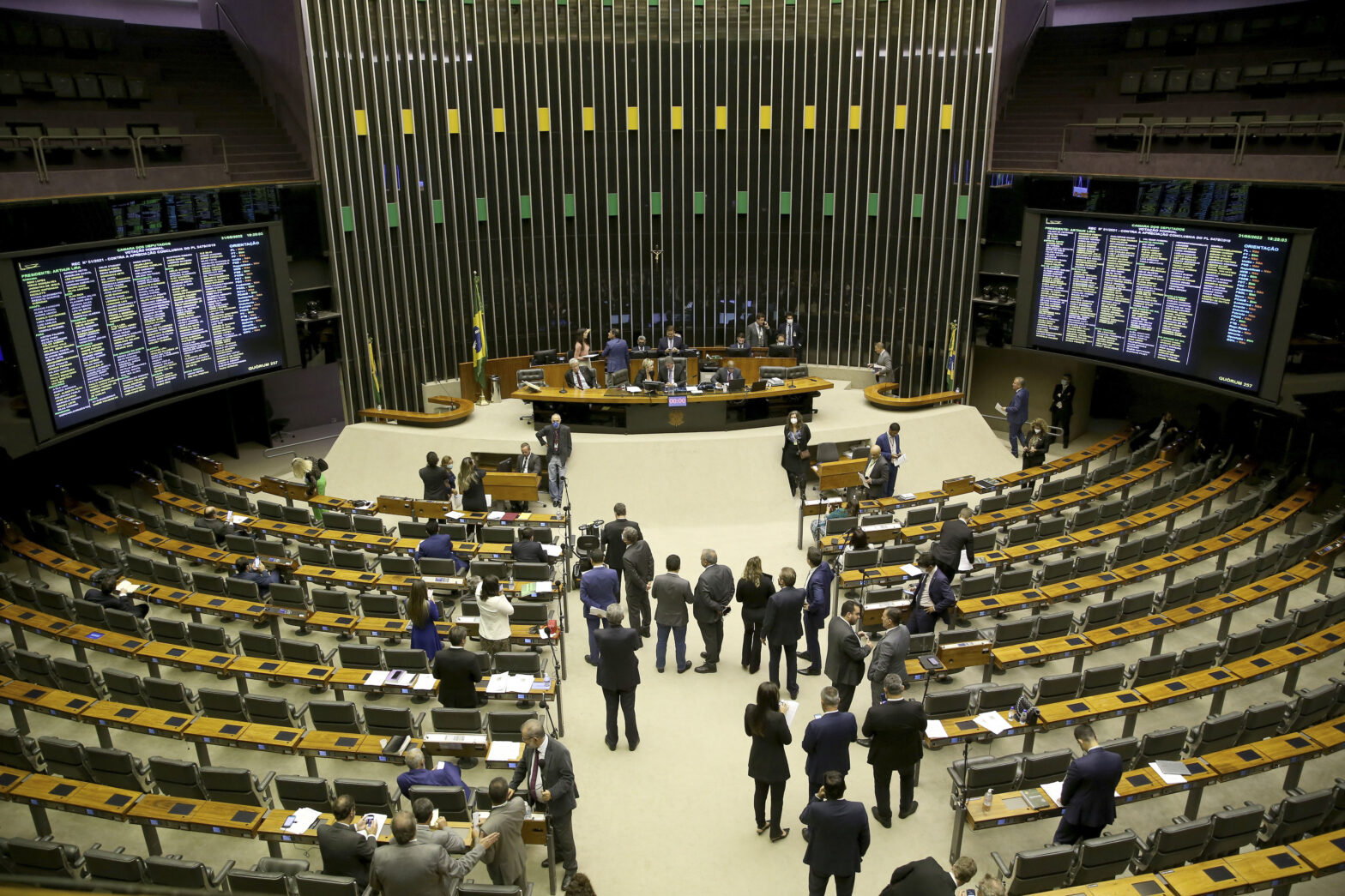Acai production has skyrocketed, increasing 40% since 2015. Authorities and experts are concerned about rising demand and want to ensure that crops are grown sustainably.
Açaí and cocoa extraction and farming have skyrocketed in Pará to meet the growing demand in Brazil and abroad. The situation raises a concern of environmentalists and authorities that the cultivation of typical forest products may turn into monocultures and contribute to the destruction of the Amazon.
The largest producer of açaí in the country, Pará sold over R$908 million in açaí and its derivatives, such as heart-of-palm, pulps, powder, and juices in 2020. About 130,000 producers are involved. Data comes from the Pará government. Just over a fifth of production was exported. Domestic consumption is concentrated in the southeastern states, Pará, the Federal District, and Ceará.
Pará accounts for 94% of the national production of açaí. Just behind are Amazonas, with 5%, and Bahia, with less than 0.5%. Açaí production in Pará is mainly extractive, in municipalities such as Igarapé-Mirim, Cametá, and Abaetetuba – all close to the network of islands near the Amazon River delta. Agroforestry crops, associated with cocoa and other native plants, meet 20% of the demand for açaí.
“The fruit is part of the basic food basket in the state of Pará, where people consume it daily, and generates income from the local to the international level”, said Geraldo Tavares, from the Executive Management of Fruticulture of the Secretariat for Agricultural Development and Fishing of Pará.
From 2015 to 2021, state production jumped from 1 million tons to 1.4 million tons (40% in 6 years). Ensuring that this growth occurs sustainably, without damaging the forest or reducing the sources of income of rural populations challenges civil entities, governments, researchers, and the private sector, says Eugênio Pantoja, director of Public Policies and Territorial Development at the NGO Amazon Environmental Research Institute (Ipam).
The state government and environmentalists fear that açaí and cocoa production in Pará will turn into monocultures, like in Bahia. "We want to maintain production in agroforestry systems and not in monocultures, like in Bahia. This will maintain the integrity of ecosystems, biodiversity, and sources of income for family farming. We can also reach higher production through the recovery of forest assets (areas that need to be recovered due to illegal deforestation) with cocoa crops, which is allowed in Pará”, highlighted the Ipam director.
"If the açaí supply chain is dominated by monocultures and large industries, this will harm the forest and extractive communities and family farmers can lose their livelihood. These current models maintain traditional lifestyles and are also an alternative to soy and cattle,” explains Eugênio Pantoja, a director at Ipam.
The explosive demand for açaí made its price soar. Products based on the so-called “purple gold” are widely consumed in urban centers and are associated with health improvements. In less than eight years, its price in Pará's cities rose 200%. Now, a liter of pulp is sold for up to R$30. The annual profitability per hectare can reach US$1,500, about R$8,300 in the current exchange rate.
"Costs grow in the off-season, from January to mid-July, and also due to crop failures due to climate events. An alternative stimulated by government programs to maintain production is planting on irrigated land, which has high profitability and income, ” said Tavares.
Together with the Pará government and with resources from the French Development Agency, Ipam is detailing the quantities and quality of the açaí production chain in the state. The work should be finished this year and will evaluate the situation of at least 2,000 “açaí blenders”, middlemen who buy, process, and sell açaí directly to consumers.
"The formal records of federal or state agencies do not correspond to reality. The production is much higher,” said Pantoja. According to him, it will be possible to define public policies for production to grow sustainably with better information.
The Ipam project will also map the cocoa production chain, which had a production of 145 thousand tons in the state in 2020. In the same year, 350,000 direct and indirect jobs associated with this supply chain were found in Pará. Production grows 6% per year and is distributed throughout the state. In the Transamazonian region (BR-230), the largest producers are Altamira, Anapu, and Brasil Novo.
The NGO is detailing the social and economic benefits of cocoa and the potential of the plant to recover degraded areas using agroforestry systems. This will bring more income to producers and will generate “ecosystem services” such as maintaining the forest, water sources, and wildlife.
Data from 2017 from the IBGE (Brazilian Institute of Geography and Statistics) indicate that 620,000 hectares are used for cocoa farming in Brazil, cultivated by almost 100,000 producers. The cocoa chain generates around 300 thousand direct and indirect jobs and the gross value of production reaches R$18 billion annually. Pará's share of national production went up from 18% in 2005 to 53% in 2018.
“Cocoa is a very important source of income for family farmers throughout Pará. It is also valuable for tax collection and direct and indirect jobs. All of this has a positive impact on the state's - and the country's - economy," added Dulcimar de Melo e Silva, from the Fruticulture Administration of the Secretariat for Agricultural Development and Fisheries of Pará.
Story by InfoAmazonia for the PlenaMata Project.







